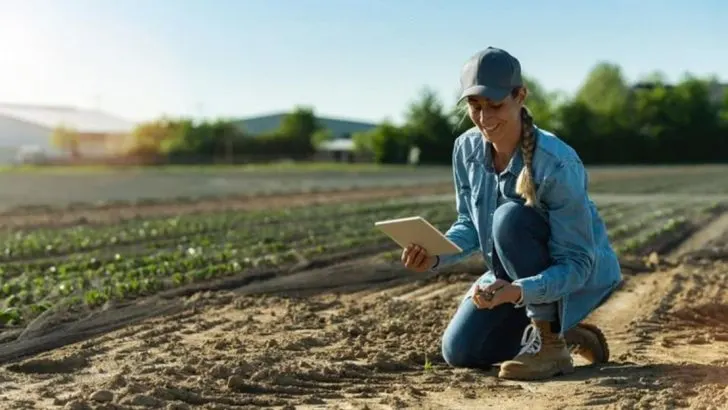Dryland farming isn’t a dusty death sentence for crops—it’s an art form. Forget the myths: It’s not just for tumbleweeds, cracked earth, and desperate hope. Crops can thrive without irrigation. But only if you know the truth behind the dirt. Think mulching is optional? That deep tilling helps water soak in? That beans don’t belong in a dry field? Wrong, wrong, and definitely wrong. This is farming with brains, not just brawn— timing, crop choice, and soil strategy make or break your harvest. The rules are different here. Water is rare. Mistakes are expensive. But when you get it right? You grow sun-hardened miracles with nothing but rain and grit. We’re breaking down 18 big claims—some true, some pure nonsense— so you can separate science from superstition. Ready to farm smarter in the driest places on earth? Let’s bust some myths wide open.
Myth: Dryland Farming is Impossible
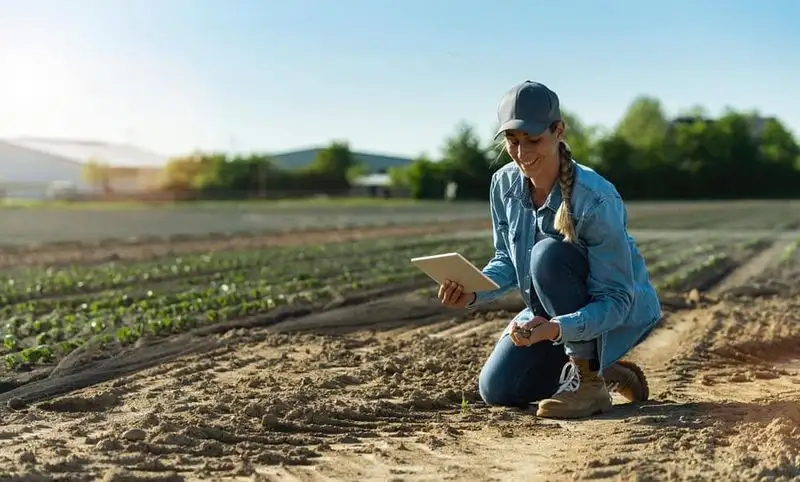
It’s often believed that dryland farming is an unattainable dream. However, farmers worldwide have successfully cultivated crops in arid regions for centuries. By employing water conservation techniques and choosing suitable crops, they prove that it’s not only possible but also sustainable.
Regions like the Great Plains in the U.S. have long practiced dryland farming, turning challenges into opportunities. These farmers have adapted to the harsh realities of limited water, showcasing resilience and ingenuity. With the right knowledge and tools, dryland farming is indeed achievable, dispelling this myth entirely.
Fact: Crop Selection is Key
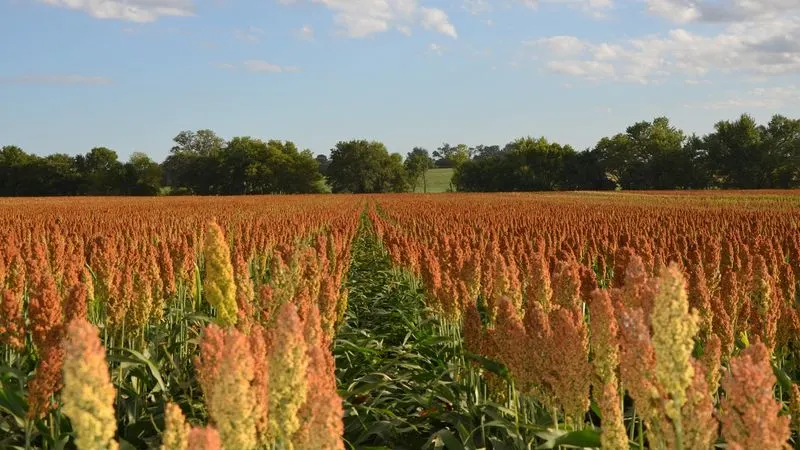
Choosing the right crops is fundamental to successful dryland farming. Drought-resistant varieties like millet, sorghum, and chickpeas thrive in moisture-scarce environments. These crops have adapted to withstand dry conditions, ensuring a reliable harvest.
Farmers often experiment with different crops to find the best fit for their specific soil and climate conditions. This adaptability is crucial for the sustainability of dryland farming. By selecting appropriate crops, farmers can maximize yield and minimize risk, proving that crop selection is indeed a critical factor in dryland farming success.
Myth: Only Traditional Methods Work
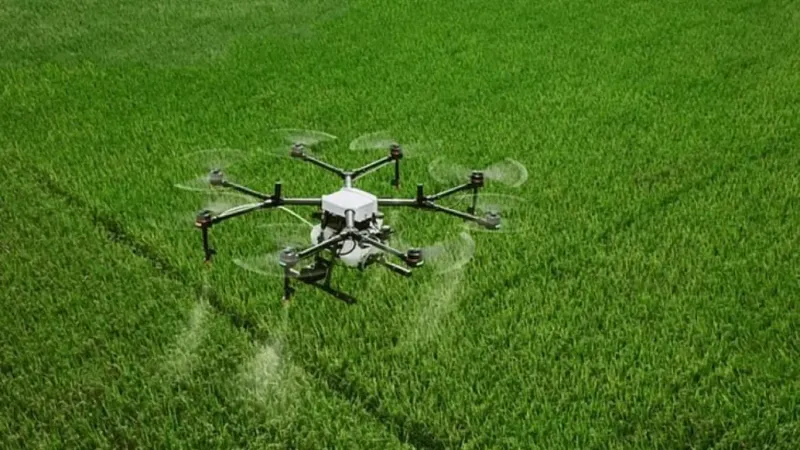
There’s a misconception that traditional methods are the only way to succeed in dryland farming. In reality, modern technology plays a significant role in enhancing productivity.
Tools like soil moisture sensors and drones help farmers make informed decisions, optimizing water use and crop management. These innovations complement traditional knowledge, creating a balanced approach for maximizing yields. By integrating technology, farmers break away from the constraints of the past, proving that modern methods can thrive alongside traditional techniques in dryland farming.
Fact: Soil Management is Essential
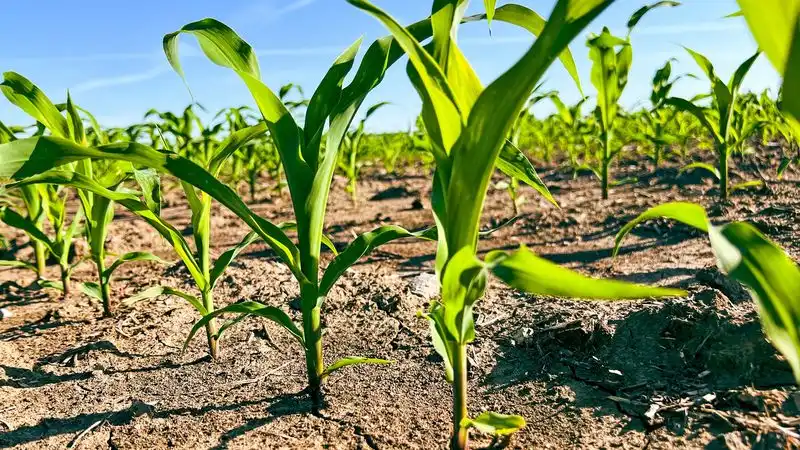
Effective soil management is a cornerstone of dryland farming. Techniques like mulching, crop rotation, and contour plowing enhance soil moisture retention and fertility.
These methods prevent erosion and improve water infiltration, crucial for crop survival in dry conditions. By maintaining healthy soil, farmers ensure sustainable productivity. Soil management practices are continuously evolving, reflecting the dynamic nature of dryland farming. This adaptability is key to thriving in challenging environments, underscoring the essential role of soil management in this agricultural practice.
Myth: Dryland Farming is Not Profitable
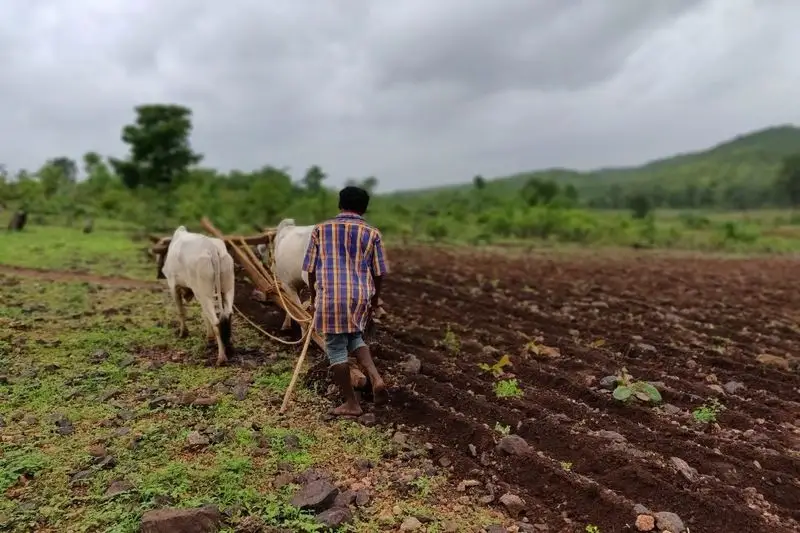
Contrary to popular belief, dryland farming can be a profitable venture. Diversification is often the key to economic success. By growing a variety of crops and integrating livestock, farmers can create multiple income streams.
This approach mitigates risks associated with crop failure, ensuring financial stability. Many dryland farmers have demonstrated that, with strategic planning and management, profitability is achievable. Their success stories challenge the myth that dryland farming is inherently unprofitable, instead illustrating the potential for rewarding agricultural ventures in arid regions.
Fact: Water Conservation is Crucial
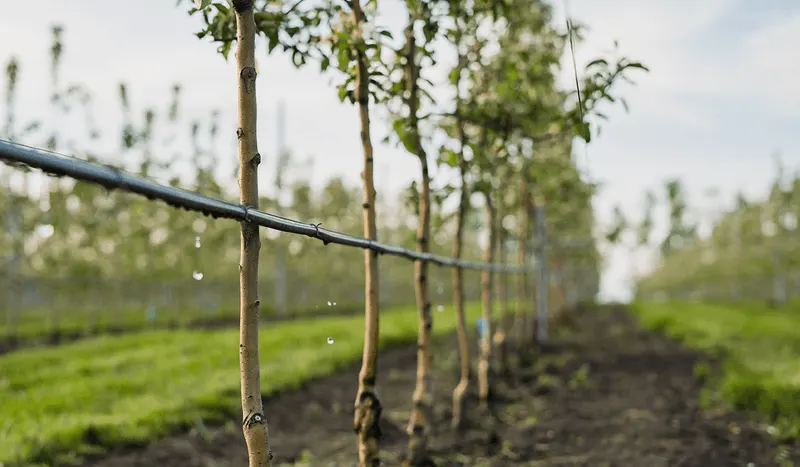
In dryland farming, conserving water is not just a strategy but a necessity. Techniques such as rainwater harvesting and drip irrigation efficiently use limited water resources, ensuring that crops receive the moisture they need.
These methods help maintain productivity even in the driest conditions. By focusing on water conservation, farmers not only preserve this precious resource but also enhance the sustainability of their operations. This fact highlights the critical importance of water management in dryland farming, emphasizing its role in the success of this agricultural practice.
Myth: Dryland Farming Harms the Environment
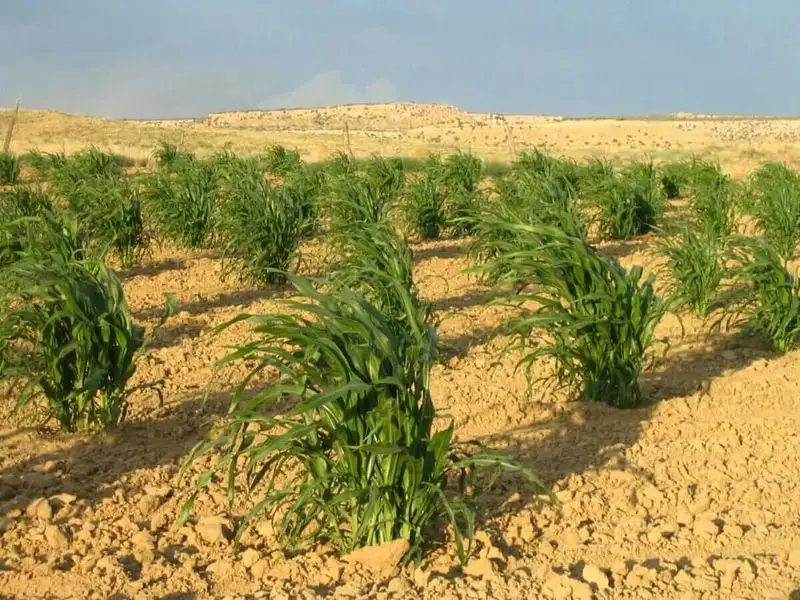
Some believe that dryland farming negatively impacts the environment. In reality, it can coexist harmoniously with nature. By fostering biodiversity and using sustainable practices, dryland farms create ecosystems that support both agriculture and wildlife.
Techniques like reduced tillage and organic farming contribute to soil health and reduce greenhouse gas emissions. These practices demonstrate that dryland farming can be beneficial to the environment, countering the myth that it inherently causes harm. Instead, it offers a model for sustainable agriculture that respects and nurtures the earth.
Fact: Climate Resilience is Built-In
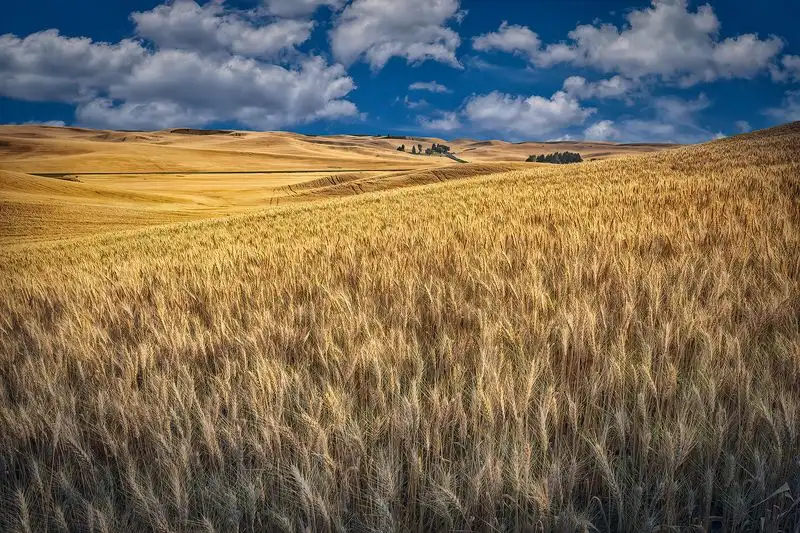
Dryland farming is inherently climate-resilient. The practices and crops chosen are specifically adapted to withstand extreme weather conditions such as drought and heatwaves.
This resilience is built into the farming system, allowing it to thrive despite climate challenges. By employing strategies like crop rotation and soil conservation, farmers enhance their fields’ ability to resist adverse weather. This fact showcases the robustness of dryland farming, proving that it’s not only about surviving but thriving in the face of climate change.
Myth: Dryland Crops Lack Nutrition
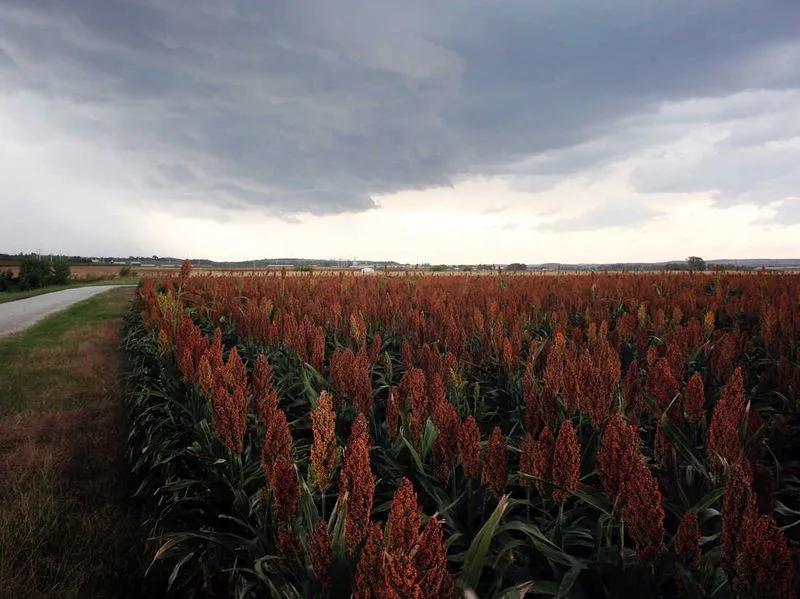
There’s a misconception that crops grown in dryland regions lack nutritional value. On the contrary, many drought-resistant crops are packed with nutrients. Quinoa, lentils, and sorghum are examples of crops that offer substantial health benefits.
These crops are rich in essential vitamins, minerals, and proteins, making them valuable dietary staples. Farmers prioritize cultivating nutrient-dense crops to meet the dietary needs of their communities, debunking the myth about inferior nutrition. The reality is that dryland crops can be as nourishing as those grown in more water-abundant regions.
Fact: Innovation Drives Success
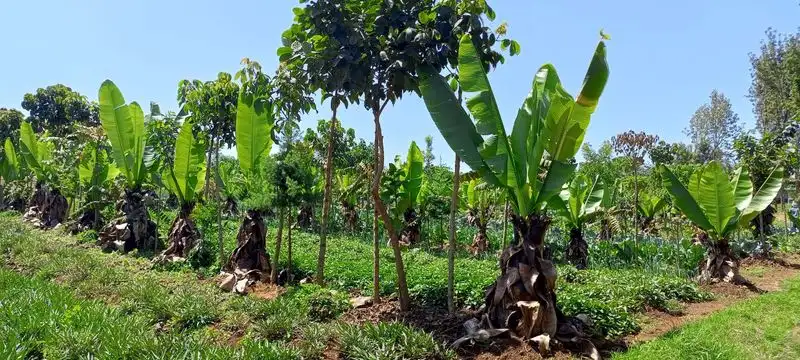
Innovation is at the heart of successful dryland farming. Farmers continuously adapt and experiment with new techniques to overcome challenges. Polyculture and agroforestry are examples of innovative practices that enhance productivity and sustainability.
These methods promote biodiversity and improve soil health, crucial for thriving in arid environments. By embracing innovation, dryland farmers not only increase their yields but also contribute to the resilience of their farming systems. This fact underscores the importance of creativity and adaptation in achieving success in dryland agriculture.
Myth: Only Large Farms Can Succeed
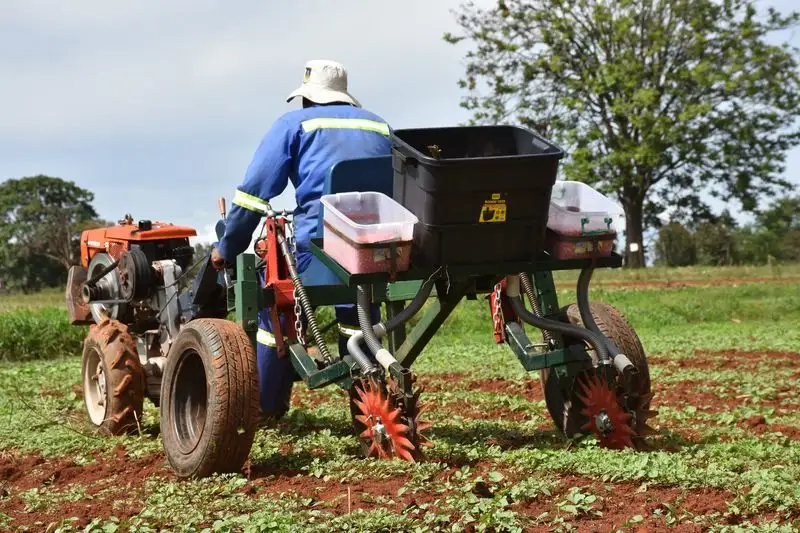
The belief that only large farms can thrive in dryland areas is a common misconception. Small-scale farms can be equally successful through community-centric approaches and resource-sharing.
Family-run operations often utilize creativity and collaboration to overcome challenges associated with limited resources. By focusing on sustainable practices and community support, small farms can achieve remarkable results. This debunks the myth that size determines success in dryland farming, highlighting that determination and ingenuity are key factors.
Fact: Government Support Enhances Viability

Government support plays a vital role in the viability of dryland farming. Policies and programs aimed at providing subsidies, education, and resources help farmers manage risks and improve productivity.
By fostering an environment that encourages sustainable practices, governments enhance the resilience of dryland farming communities. This collaboration between farmers and policymakers is essential for addressing the unique challenges of dryland agriculture. The fact highlights the importance of governmental involvement in promoting the success and sustainability of dryland farming.
Myth: Dryland Farming is a New Trend
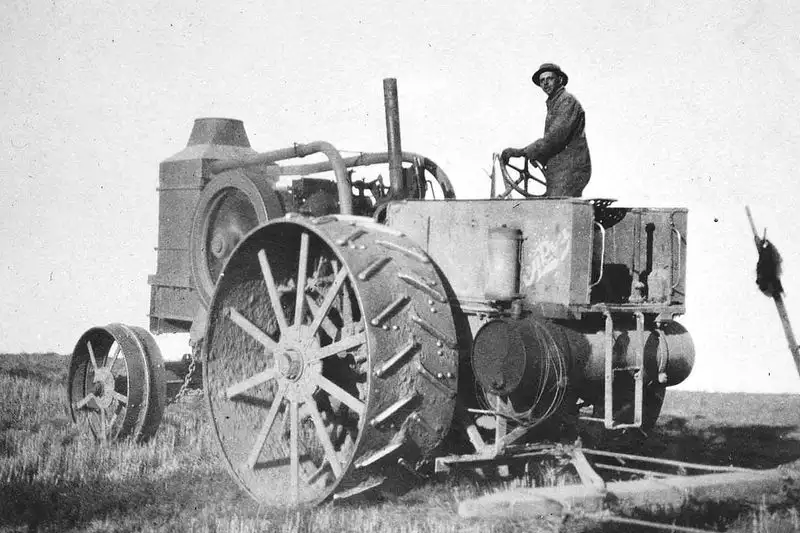
Some might think that dryland farming is a modern trend, but its origins trace back thousands of years. Ancient civilizations practiced dryland farming, adapting techniques suited for arid regions.
These time-tested methods have evolved but remain fundamentally the same. The continuity of dryland farming practices showcases their enduring relevance and effectiveness. Understanding its rich history helps dispel the myth that dryland farming is merely a contemporary innovation. Instead, it tells a story of agricultural resilience and adaptation through the ages.
Fact: Community Collaboration is Vital
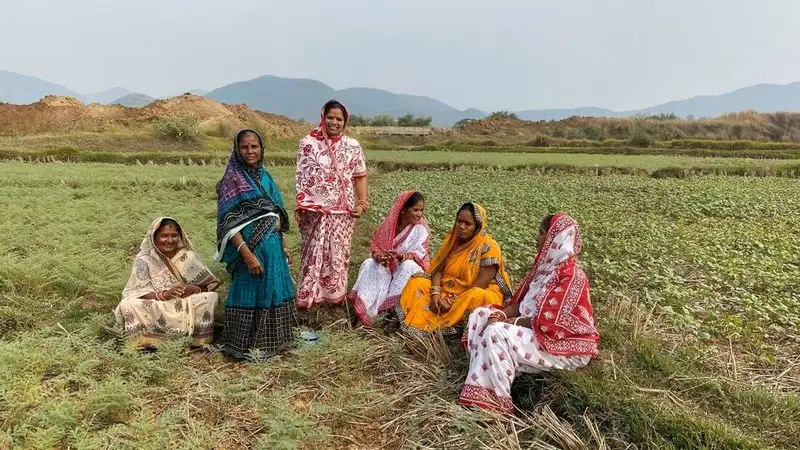
In dryland farming, community collaboration is often the key to overcoming challenges. By sharing resources, knowledge, and labor, farmers can collectively address issues like water scarcity and pest management.
This cooperative spirit fosters innovation and resilience, ensuring the sustainability of their farming practices. Community collaboration also strengthens social bonds, creating a supportive network that enhances overall well-being. This fact highlights the importance of working together to thrive in the demanding environment of dryland agriculture.
Myth: Dryland Farming is Only for Arid Regions

The perception that dryland farming is exclusive to arid regions is misleading. It can be practiced in semi-arid areas, where water conservation and sustainable techniques are equally applicable.
Farmers in various climates have adapted dryland methods to suit their local conditions, proving its versatility. This adaptability makes dryland farming an attractive option for regions facing water challenges, regardless of their aridity level. By embracing this myth-busting reality, more farmers can explore dryland farming’s benefits, expanding its reach beyond the traditionally arid zones.
Fact: Education and Training are Crucial
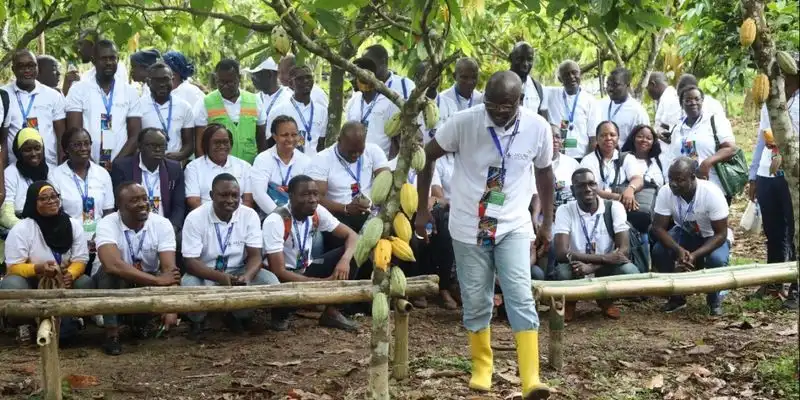
Education and training are fundamental to the success of dryland farming. Workshops, courses, and on-field training equip farmers with the knowledge needed to implement effective practices.
Continuous learning helps them stay updated with the latest innovations and techniques, fostering an adaptive mindset. This emphasis on education ensures that farmers are prepared to tackle the unique challenges of dryland agriculture. By prioritizing education, the dryland farming community builds a foundation for sustainable growth and success.
Myth: Dryland Farming Cannot Support Livestock
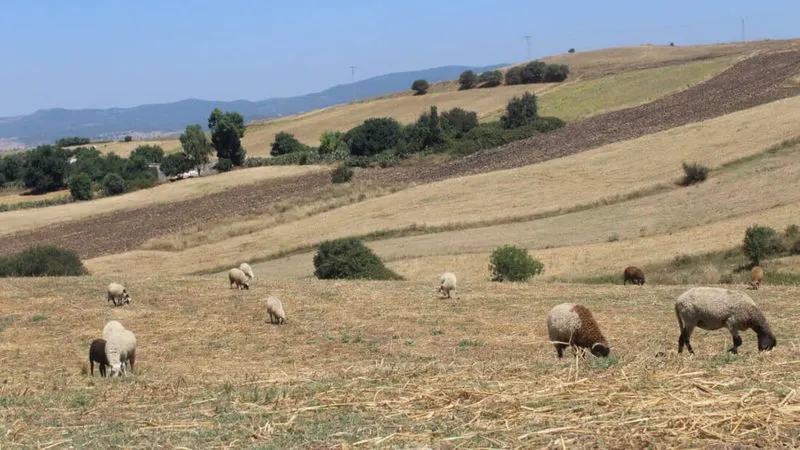
There’s a myth that dryland farming cannot support livestock, but integrated systems prove otherwise. By combining crop production with livestock management, farmers create a balanced ecosystem that benefits both.
Livestock can graze on crop residues, enhancing soil fertility through natural manure. This symbiotic relationship maximizes resource use and boosts farm productivity. The coexistence of crops and livestock dispels the myth, showcasing a harmonious approach that supports diverse agricultural practices in dryland settings.
Fact: Monitoring and Adaptation Ensure Longevity

Monitoring and adaptation are key to the longevity of dryland farming. By regularly assessing field conditions and using data-driven insights, farmers can adapt their strategies to meet evolving challenges.
This proactive approach ensures that they remain resilient in the face of environmental changes. By embracing flexibility and innovation, dryland farmers enhance the sustainability and productivity of their operations. This fact underscores the importance of being adaptable and vigilant in maintaining a successful dryland farming practice.

